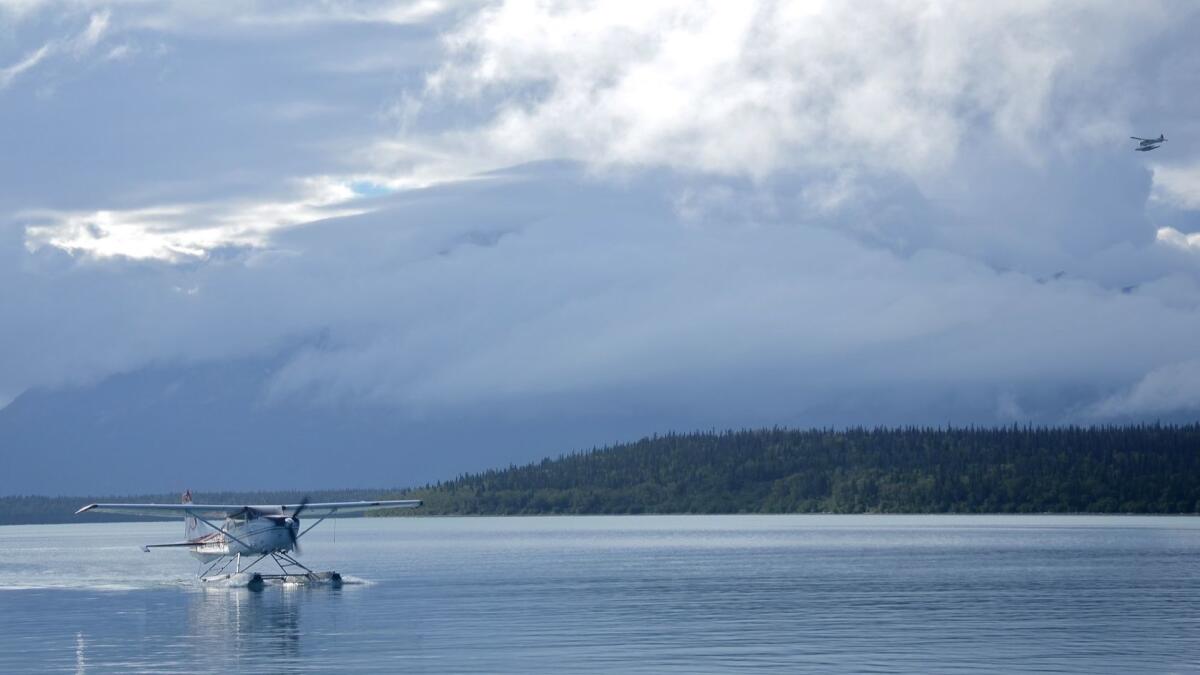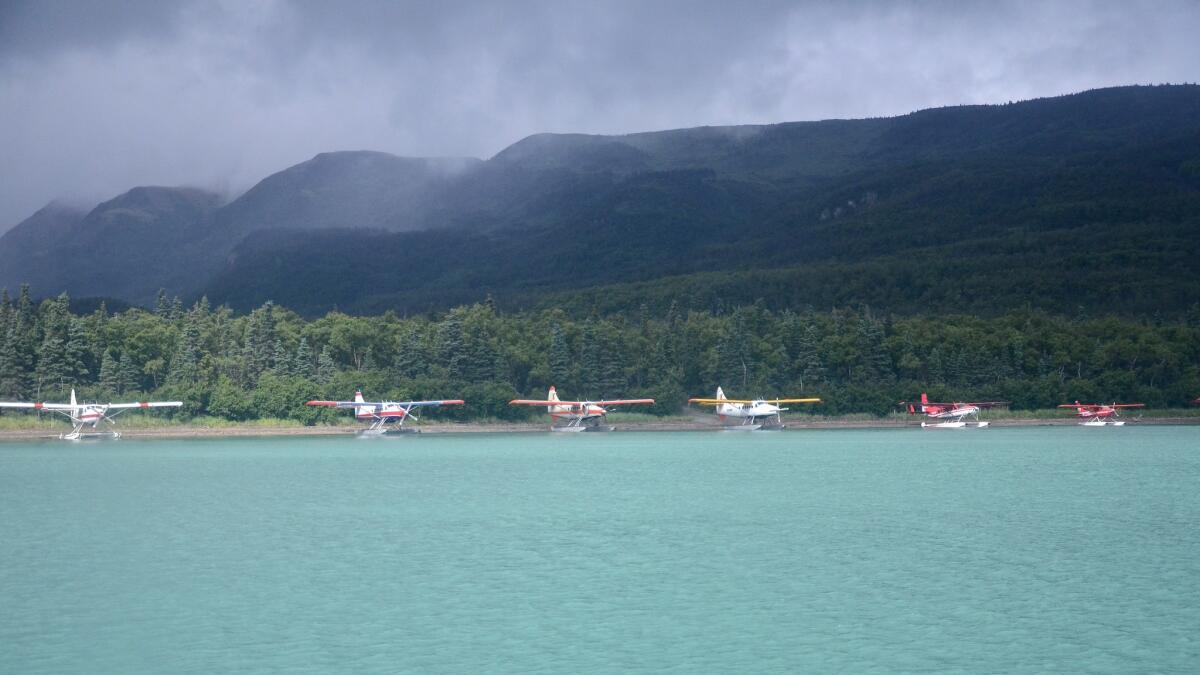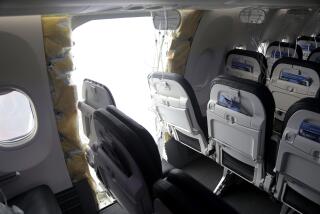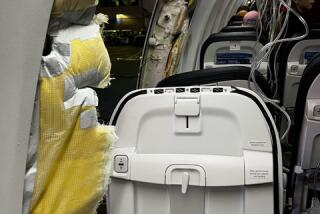Does the risk outweigh the reward for Alaska flight-seeing passengers?

Cruising on a large passenger ship is one of the safest ways to explore the vast and sometimes perilous landscape of Alaska. About 1.2 million passengers are expected to do so this summer, and many of them will add float-plane “flight-seeing” to their itinerary.
But after three fatal Alaska float plane crashes in the last month, some travelers may wonder whether those views out the plane window are worth the risk.
Having taken four of these flights, I can attest to the thrills and insight they deliver, including bird’s-eye views of rugged mountains, glaciers, lakes, inlets and sometimes wildlife. But no aircraft or pilot is perfect, and all travelers should make informed safety decisions.
Here’s more of the story behind the recent crashes, along with statistics on the safety of on-demand flights in Alaska and beyond.
On May 13, two float planes collided near Ketchikan, killing five passengers from the Los Angeles-based cruise ship Royal Princess and one pilot (profiled in this 2015 Los Angeles Times story).
Two more people died May 20 when another float plane crashed in Metlakatla Harbor, Metlakatla. Another death followed May 22, when a float plane crashed in Cascade Bay, 20 miles southwest of Valdez. (Neither the May 20 nor May 22 flights was connected to a cruise line.)
In its preliminary reports on the crashes, the National Transportation Safety Board offered no conclusions about probable cause. But Robert L. Sumwalt, chairman of the safety board, said in a statement that the flurry of accidents “underscores the urgency of improving the safety of charter flights.”
The first two incidents involved planes operated by Taquan Air of Ketchikan, which suspended passenger operations, consulted with Federal Aviation Administration officials, then resumed flight-seeing trips June 3.
Princess Cruises will soon resume working with Taquan on shore excursion flights, spokeswoman Negin Kamali said in an email. During the period when Taquan was not flying, Kamali said, the cruise line continued to offer Ketchikan flight-seeing excursions with another carrier (Misty Fjords Air & Outfitters) and allowed passengers to cancel flight-seeing bookings without penalty.
Holland America ships have done the same, Kamali said. (Princess and Holland America are subsidiaries of Carnival Corp.)
Meanwhile, cruise company Royal Caribbean International said its Royal Caribbean, Celebrity and Azamara ships in Alaska are canceling air tours operated by Taquan until authorities have completed their investigation. (Full NTSB investigations often take a year or more.)
All three small aircraft in the May 13 and May 20 accidents were on-demand flights, also known as charter flights, common in plane-dependent Alaska. In 2016, the FAA counted more than 300 scheduled and on-demand air carriers in Alaska.
Safer than driving?
Depending on how you crunch numbers, these kinds of flights may well be safer than highway driving, which, as the NTSB reports, kills more than 35,000 people per year.
In 2017, an NTSB report found, on-demand carriers nationwide had seven fatal accidents in 3.5 million hours of flying. In recent years, Forbes and the Washington Post have run stories analyzing safety statistics for commercial air travel and other modes of transport.
But the last year has been a rough one. Since June 2018, NTSB numbers show, on-demand pilots in Alaska have had six fatal accidents involving 16 deaths. During that same time, the NTSB counted four such fatal accidents (involving nine deaths) in the rest of the U.S.
On-demand carriers, charter flights and commuter airlines are known as “part 135” carriers because of the part of Federal Aviation Regulations that covers them. They are regulated more stringently than private pilots and less stringently than the major U.S. airlines, which have posted just one passenger death since 2010.
NTSB officials including Sumwalt have urged on-demand operators to voluntarily take three steps that are mandated for major carriers: to implement safety management systems, put flight data monitoring programs in place and make sure fixed-wing pilots get up-to-date training in controlled-flight-into-terrain avoidance.
“It shouldn’t matter if the operator has one airplane or 100,” Sumwalt said.
Linda Brown, a travel agent in Long Beach who has been selling cruises for more than 20 years, said news of three crashes so close together startled her “because we just don’t normally see that.”
But Brown said she has had no calls from worried customers. She’s still advising customers to rely on shore-excursion operators that have been vetted by the cruise lines rather than seeking out operators independently. Also, although she has loved float plane and helicopter rides over the years, Brown said, “not everyone is that brave.”
Alaska has long been a compelling destination for the cruise industry — a spectacular, rustic territory that’s often easiest to admire from a ship or from the air. Princess started sending ships there in the summer of 1969, and Princess and Holland America have been partnering with local companies to offer float plane flight-seeing excursions since at least the mid-1970s, Kamali said.

Flights have increased as the cruise industry has grown, and Cruise Line International Assn., the industry’s leading trade group, reported a 17% increase in Alaska cruise passengers in 2017, followed by 13% in 2018. This summer, CLIA has forecast, about 35 ships will make more than 500 Alaskan voyages, including more than a dozen ships from Princess and Holland America.
Many of those passengers are eager to add flight-seeing to their itineraries, typically in De Havilland and Cessna planes that seat 10 or fewer passengers and are fitted with pontoons for water takeoffs and landings.
Although Princess and Holland America have declined to say what part of their passengers sign up for flight-seeing, the Alaska Travel Industry Assn. has reported that 13% of visitors to Alaska in 2016 participated in a flight-seeing activity.
“It is one of the more popular things to do for a cruise shore excursion in Alaska,” said Mike Driscoll, editor of Cruise Week, who has made many problem-free float plane flights in Alaska, Hawaii, Mexico and Central America as part of his job.
Checking statistics after the recent crashes, Driscoll said, he found those Alaskan on-demand flights were actually “safer than I had thought, looking at the numbers over the years.”
That said, on a personal level, Driscoll said he prefers rail travel. “I’m not a thrill-seeker,” he said.
christopher.reynolds@latimes.com
Follow Reynolds on Twitter: @MrCSReynolds
More to Read
Sign up for The Wild
We’ll help you find the best places to hike, bike and run, as well as the perfect silent spots for meditation and yoga.
You may occasionally receive promotional content from the Los Angeles Times.







